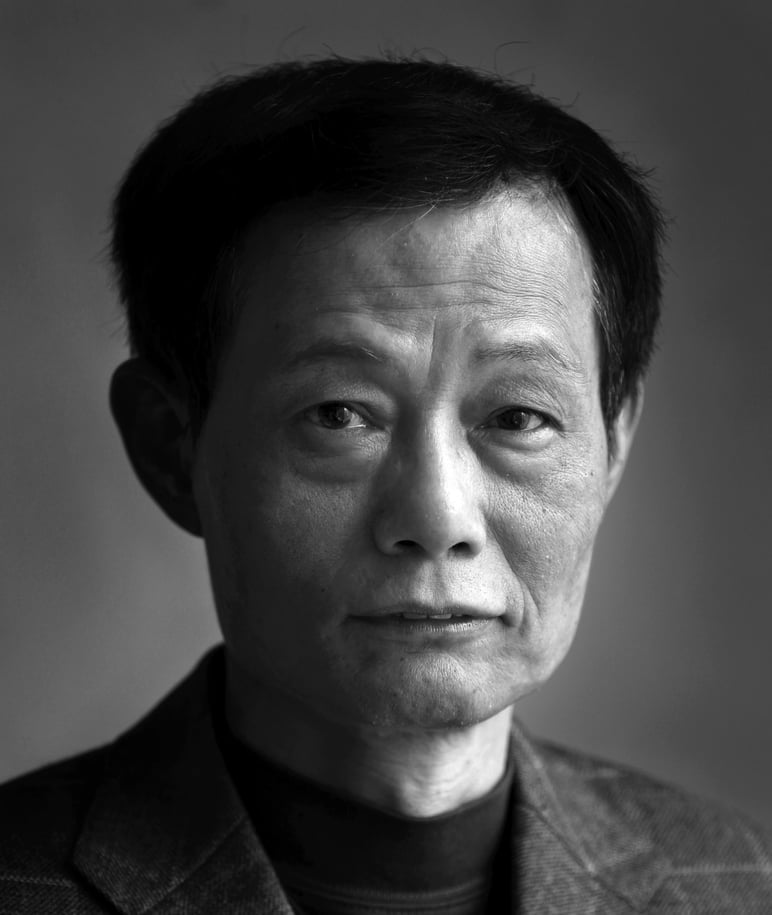
Under pressure, China’s faith in market reform is being tested
Cary Huang says though policymakers have introduced reform measures, they have so far resisted letting the market freely set the renminbi’s value, even as they battle to maintain foreign exchange reserve levels
Over the past year, China’s policymakers have been fighting an uphill battle to achieve two contradictory goals: to keep the renminbi stronger than seven to the US dollar while maintaining the nation’s foreign exchange reserves above the key level of US$3 trillion.
By the end of last year, the Chinese currency had capped its steepest annual decline in two decades. The rate, at nearly seven to the dollar, is an eight-year low.
The January outflows would amount to US$82.7 billion if we took China’s trade surplus into account.
Economists believe that the drop in January’s reserves could have been worse, if not for a sudden reversal in the surging dollar. Overall last year, China lost US$320 billion in the holdings. It’s a long way down from its record US$4 trillion in June 2014.
Don’t be duped, China’s foreign reserves are no savings at all
For years, China has kept a firm grip on the renminbi’s value to prop up the competitiveness of its products, as vast amounts of the world’s money flooded into the country to buy the consumer goods it churns out. Recently, however, Beijing has been trying to gradually relax its control and allow market forces to play a part. But such belated efforts come at a time when China’s export-oriented growth has lost momentum.

Dwindling reserves highlight need for real reforms
The breach of the US$3 trillion level is likely to be more symbolic than substantial, as the world’s second-largest economy still holds the world’s largest stockpile of reserves, outnumbering the combined amount held by the US and Japan, the world’s largest and third-largest economies respectively. Some economists believe there is still room for the reserves to drop further, to a “reasonable level” of between US$1.5 trillion and US$2.5 trillion.
Of course, breaching the psychological level might further intensify capital outflows, as individuals and companies scramble to swap the Chinese currency for foreign money or get their money out of the country.
China’s growth stabilises, but dangers loom, say economists
The depreciation is, of course, a reflection of the weakening Chinese economy. Market reform is a challenge in such times.
The question now is how long the slowdown will last, and how long the central bank can continue to intervene to support the renminbi
In August 2015, the People’s Bank of China introduced reforms that caused a sharp devaluation of the renminbi. Since then, the central bank has started to sell foreign currencies to buy yuan to defend its value – shrinking its foreign exchange reserves.
The question now is how long the slowdown will last, and how long the central bank can continue to intervene to support the renminbi. The bigger question is whether Beijing will grasp the opportunity to surrender its controls and allow the free float of the renminbi, allowing the marketplace to determine its true value.
Policymakers might see both maintaining a stable renminbi and keeping its foreign exchange reserves as their policy priorities, as they are symbols of financial and economic stability, particularly at this politically sensitive time when the ruling party is to undergo a major leadership reshuffle at the 19th party congress in the autumn.
The problem is that any effort to delay or stall the introduction of a market-based monetary system will undermine the government’s key goal of shifting the economy from export-oriented and state-investment-fuelled expansion to service-centred and consumption-driven growth.
Cary Huang is a senior writer at the Post

